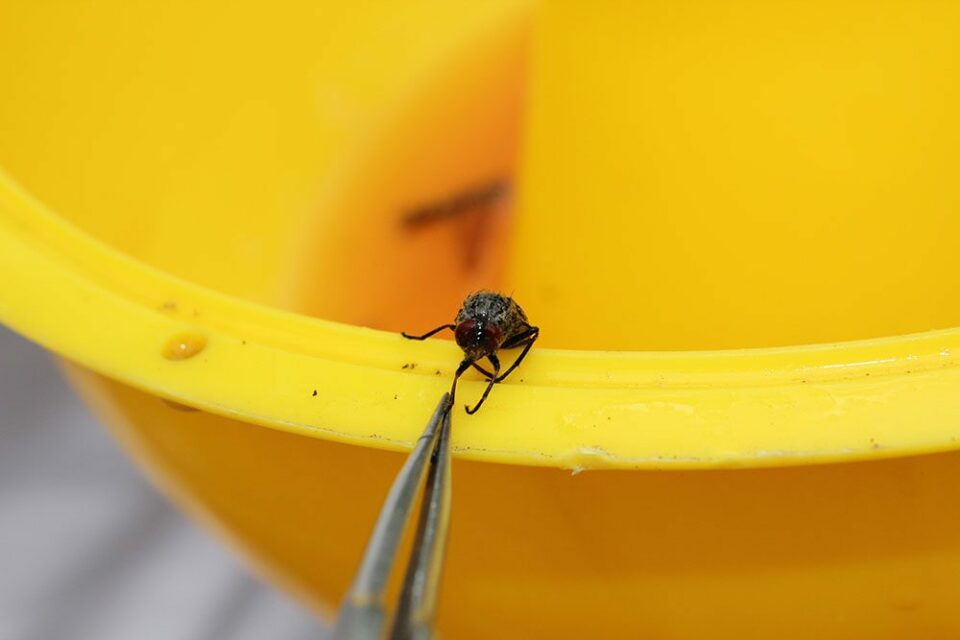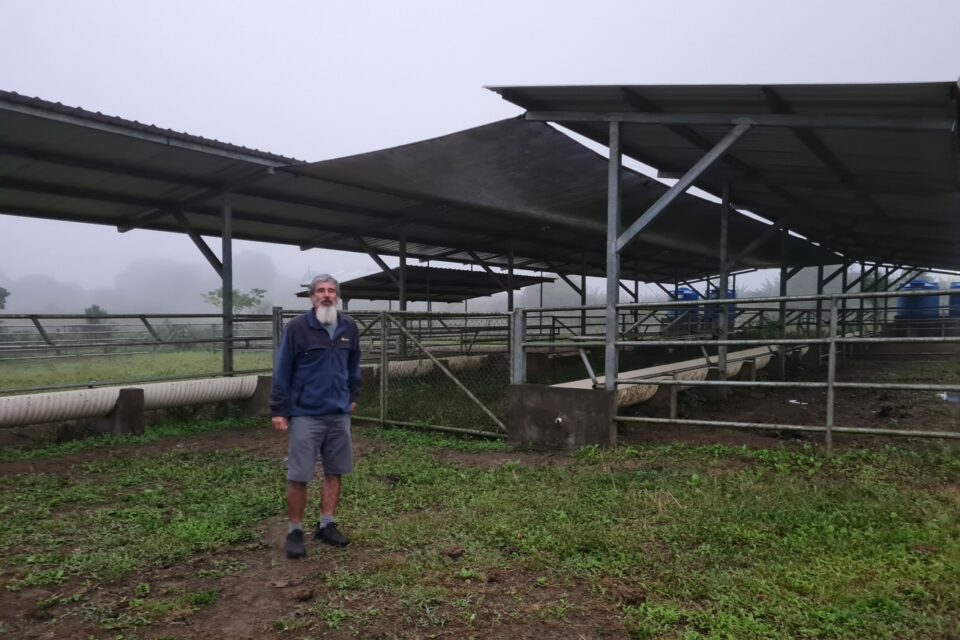

Invasive Marine Species in Galapagos
Marine invasive species are a threat to biodiversity, human health, and economic activity. The Marine Debris project monitors these organisms and the plastic on which they arrive.
The issue of plastic pollution in Galapagos
Plastic pollution is one of the most pressing issues facing marine wildlife around the world. While the Galapagos Archipelago remains one of the most pristine ecosystems, it is sadly not exempt from the problem. We know at least 18 different species in the Galapagos Islands, including turtles, marine iguanas and sea lions, have been recorded entangled by plastic such as bags and fishing lines or having ingested it after mistaking it for food. As part of our Plastic Pollution Free Galapagos Programme, we’re working closely with partners to find the best solutions to make Galapagos plastic pollution-free once again.

Plastic collected from a beach survey © Charles Darwin Foundation
What is a marine invasive, and how do they get to Galapagos?
As well as direct entanglement and ingestion, plastic debris causes another, less obvious issue. Due to its resilience and longevity, plastic lasts longer in the ocean without breaking down than natural rafts, like wood. The plastic becomes a host, carrying non-native organisms further than they would naturally travel. These rafting organisms can reach island ecosystems like Galapagos, where they could potentially displace native species. The isolation of the Galapagos Islands leaves its species unprepared to compete with those that arrive unnaturally, and these non-native species have the potential to become invasive species. An invasive species is an organism that causes ecological or economic harm in a new environment where is it not native.

Plastic jug with barnacles attached © Charles Darwin Foundation
Marine invasive species are a threat to biological diversity, human health, and economic activity. The Marine Debris project run by researchers at the Charles Darwin Foundation monitors these rafting organisms and the sources of plastic they arrive on. They can use these hitchhikers as a reliable way to determine how plastic is reaching the Galapagos Archipelago.
What are we doing? 2019-2020 Marine Invasive Project updates
The marine invasive species researchers collected samples of barnacle shells (Lepas anatifera) from plastic found around the Galapagos Archipelago. They used ‘isotope analysis’ of the shells as an indicator of the sea surface temperature along its growth lines. This means the team looked for specific types of molecules that build up the shells of these barnacles, and the ratio of these molecules can indicate where they were when they grew. Using this data, they can create maps to track the paths the barnacles took as they grew on the plastic, eventually showing how they ended up in Galapagos. They found that some of the plastic is local and that some of it has potentially come from the South American mainland, which reflects other studies we’ve conducted, but further research is needed to find out how far they’ve travelled.
The team also conduct beach surveys and clean-ups, categorising and cataloguing plastic that either contained or didn’t contain hitchhikers, and recorded the species present. Last year, the team also set up a collection point for guides and the public to drop off any marine plastic they find to engage with the public and students. There is currently a drop box outside the Charles Darwin Research Station and hopefully, it will be replicated on San Cristobal and Isabela too. Beach cleans and surveys have been hugely impacted by the COVID-19 pandemic when all tourism sites around the Galapagos National Park were closed due to lockdown. The lack of beach cleans mean that plastic pollution will be building upon the beaches, and potentially invasive marine species are not being monitored and removed. The team are ready to get back out onto the beach to resume their vital work as soon as it is safe to do so.

The drop box © Charles Darwin Foundation
What can you do?
The risk posed by non-native marine species to the Galapagos Marine Reserve should not be underestimated. While global efforts are needed to minimise the influx of plastic into the ocean, we can act to tackle the issue of local sources of plastic pollution. To find out more about what we’re doing to address plastic pollution in Galapagos and how you can help head to our Plastic Pollution Free Galapagos Programme page, and make a donation to support this vital work.
The Marine Debris project is part of the multi-institutional Marine Invasive Species Project carried out by the Charles Darwin Foundation (CDF), the Smithsonian Environmental Research Center (SERC), the Galapagos National Park Directorate (GNPD), Galapagos Biosecurity Agency (ABG), the Ecuadorian Navy and the Oceanographic branch of the navy INOCAR.
Related articles


Restoring Floreana: A local perspective

Restoring Floreana: Pre-eradication invertebrate surveys


